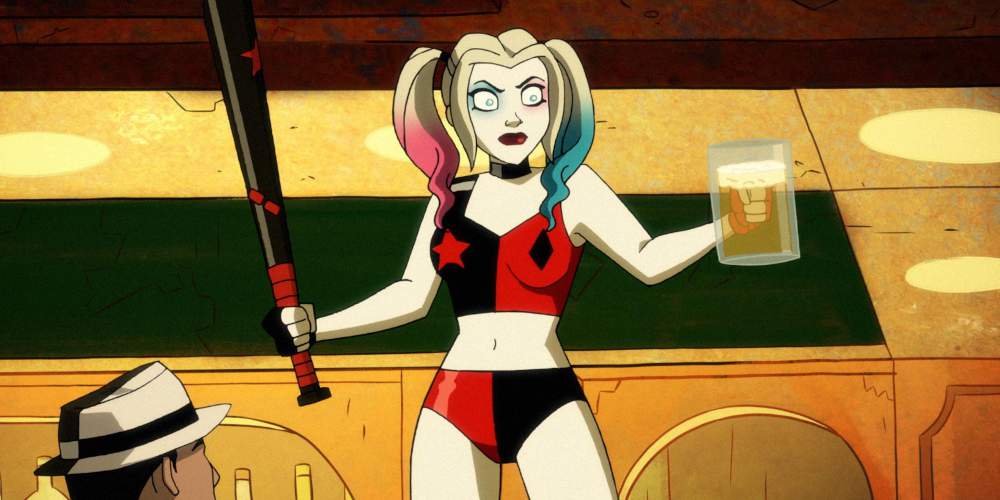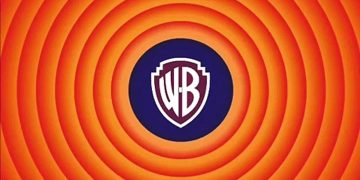TV animation has changed in all kinds of ways since the debut of Mickey Mouse, Bugs Bunny, and Daffy Duck. For much of the past few decades, animated TV shows were considered "children's shows" that were only worth watching as kids or parents.
And then in 1989, The Simpsons showed up on television and became the first real animated TV series to capture a sizable adult audience spanning the globe. It paved the way and opened the door for adult-oriented animated TV series in the West.
Every successful modern animated TV series—from Family Guy to Invincible—owes its success to the impact that The Simpsons had, complete with Homer, Marge, Bart, Lisa, and Maggie.
Now, in the 21st century, animated TV series have started making large comebacks in many different ways. Never before has animated television been as diverse, interesting, or fun to watch as it is now.
Here are several factors lending to the growing popularity of adult animated television and why it's going to keep growing.
1. Fast Production Speed
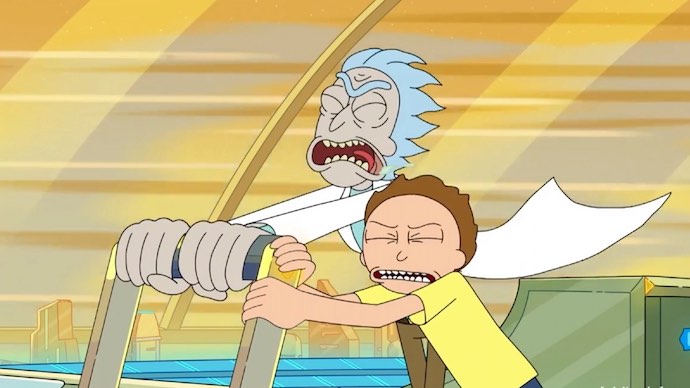
In the old days before computers, animated content took a significant amount of time to produce. Hand-drawn adventures in the form of a TV series wasn't something that came easily—it was an expensive specialty that only a select few knew how to make happen.
That's why older animated TV shows reused backgrounds and settings as much as possible. It helped bring down the cost of production, speed up the time it took to create episodes, and make it all more feasible.
Nowadays, with computers taking most of the workload off hand-drawn animators, the process is far simpler, cheaper, and less risky for animation studios. Different shows can maintain unique tones and styles without taking an eternity to complete new episodes.
Going back to the days of The Wacky Races, there were far fewer episodes than you might remember—seventeen—and that just goes to show how difficult it was to mass-produce those kinds of series.
2. Changing Audience Appetites
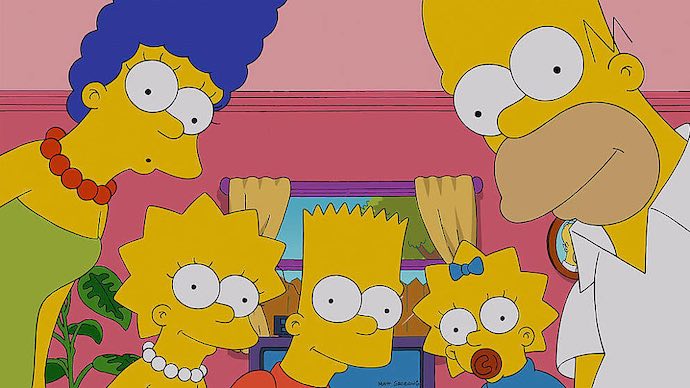
The rise in modern animation can be attributed to the seismic change in tastes of the 21st century audience.
In this golden age of television, the adult generation is quickly becoming one that grew up watching shows like The Simpsons, Family Guy, South Park, and The X-Men as children.
In other words, the concept of animated TV is one that mainstream audiences are growing up with—and that means fewer and fewer people have reservations about watching animation as adults.
Decades ago, the only animated series available to adults were series like Scooby-Doo and The Flintstones. Sure, they were entertaining, but it was easy to outgrow them and leave them behind in adulthood.
Nowadays, there's a greater variety in animated TV, and that means people have more avenues in which to enjoy animation. Animation is reaching wider target audiences who aren't outgrowing it.
3. Accessibility via Streaming Platforms
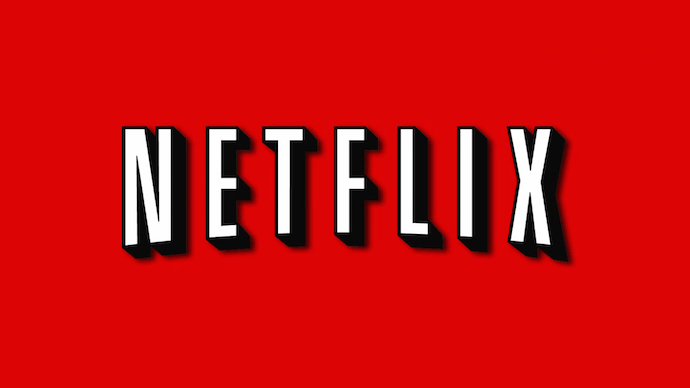
There are entire essays written about the effects of streaming services on television production and consumption. It's been a watershed moment for the medium—and as far as animation, streaming has allowed viewers to embrace all kinds of series that they'd never have discovered before.
These days, it's not a huge commitment to start a new series. You don't have to find out when it airs on television, then make sure you're available to tune in when it's live. You can simply click a button and start watching on demand, opening up all kinds of doors to discovery.
As a result, people are willing to try watching more varied content, which helps to expand and broaden their own tastes. The advent of streaming platforms has helped give rise to animated TV in the same way it helped the popularity of K-dramas, documentaries, and more.
4. Anime Becoming More Mainstream
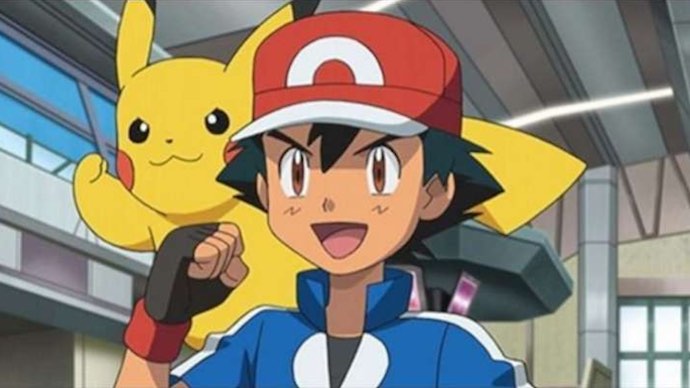
Anime wasn't a big market in the West before shows like Dragon Ball Z and Pokémon took over TV screens in the 90s. But once those shows became popular, it introduced the new generation to a new animation style from Japan—and they desired more of it.
The success of companies like Studio Ghibli can be traced back to those anime series that burgeoned in the West, and it's the same root behind Disney's decision to dub animated series using Hollywood actors.
Anime is traditionally more adult than Western animation; the medium doesn't shy away from exploring adult themes and concepts. Now, with greater acceptance of anime in the West, Western animation has caught on and started exploring different adult angles.
Just look at Avatar, Castlevania, Rick and Morty, Invincible, Arcane—none of them would exist without anime's influence. Anime has played a key role in driving Western animation into the golden age of modern TV.
